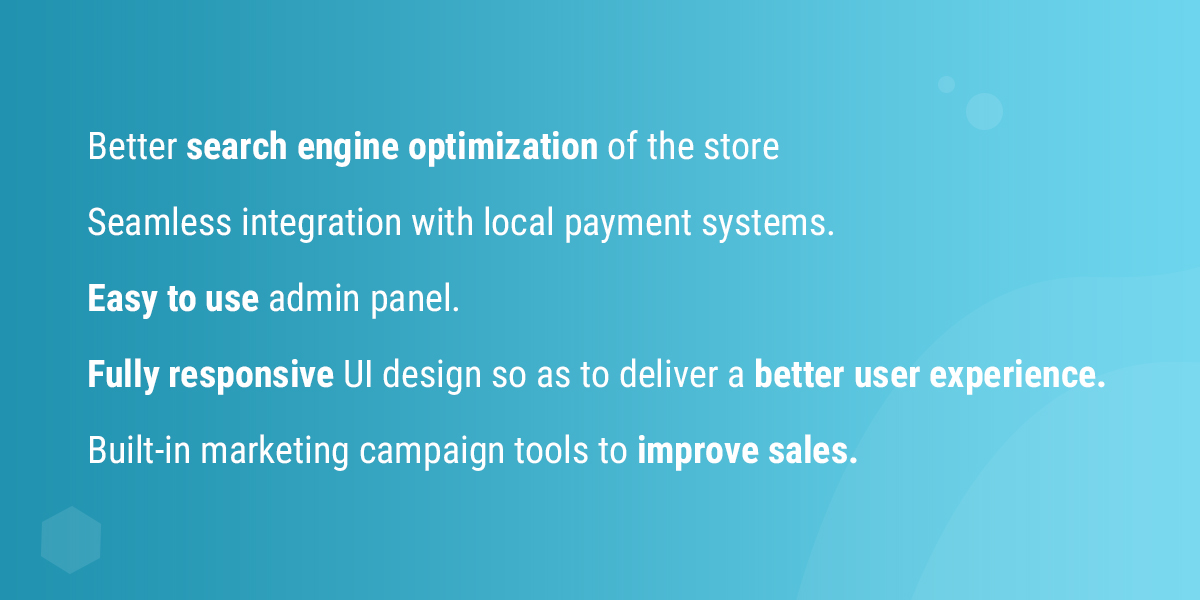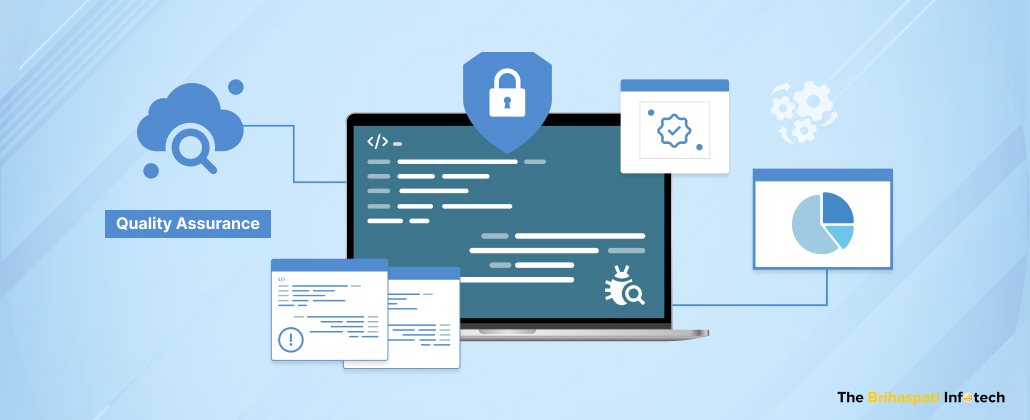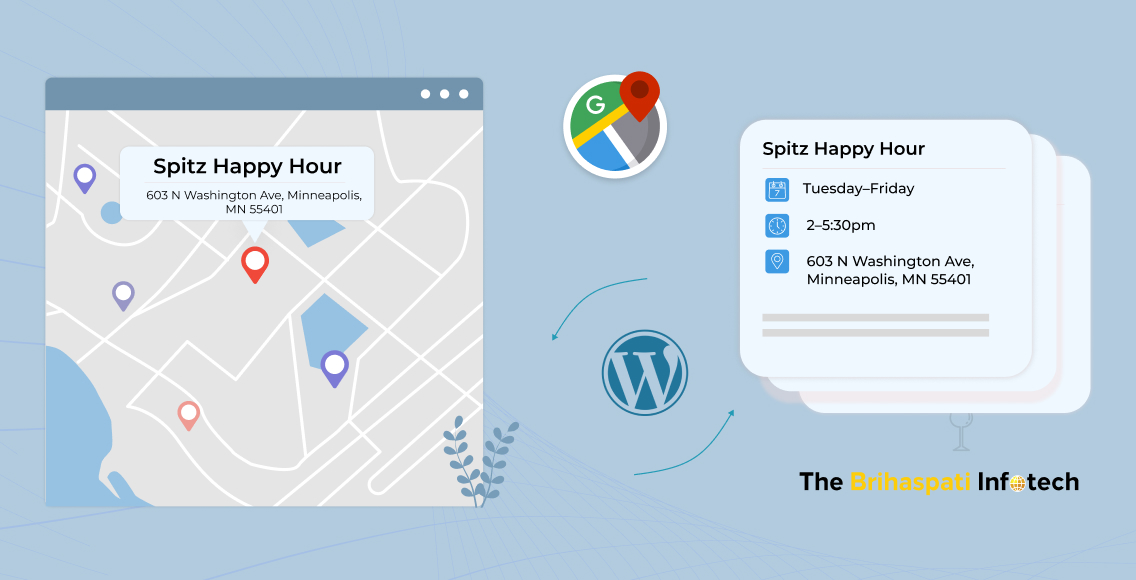While Magento’s rich features, great flexibility, and a huge community make it one of the preferred choices among e-commerce owners yet some merchants find it difficult to manage when they are scaling their business.
Moreover, with Magento, you will have to take care of the hosting, website design, security, and any additional functionality with your networking team or a hired agency before going live. This usually takes more time, money, and patience.
That’s where the idea of re-platforming emerges with Bigcommerce being the quintessential solution to overcome the above shortcomings.
However, Magento to BigCommerce migration is a complicated job, as you would have to move both data and functionality from your old website to the new website. If approached in the right manner, it can be beneficial to your business.
But what is all the fuss about migrating to BigCommerce? What changes will it bring to your e-commerce functionality? What is the best approach to migrate to BigCommerce?
To understand this, let’s first realize in what sense BigCommerce is different from Magento.
Why Choose BigCommerce over Magento?
“BigCommerce is built to scale at 1/4 the cost of Magento.”
A few more reasons:
- BigCommerce provides high scalability and is cloud-based. There is no need to purchase extra server capacity.
- With its seamless integrations and advanced fulfillment, BigCommerce elevates the customer experience.
- This powerful platform eliminates the costs related to repairs, hosting, server maintenance, software upgrades, and equipment.
- It provides the simplicity to integrate the third-party apps with only a few clicks or minimal coding.
- BigCommerce integrates comprehensive security including a DDOS defense system on the platform, integrated fraud protection tools, and automated PCI compliance.
- BigCommerce provides easy customization options with the open APIs making it easy for web designers to customize as per your needs.
- It is easy to build an e-commerce store in BigCommerce as you don’t need to start from scratch as in Magento.
- BigCommerce also provides an increase in conversion rates.
Amidst the great hype of Magento, these fruitful advantages are compelling e-commerce merchants to turn their business gears towards BigCommerce.
Let’s next see, what are the possible ways you can opt to migrate your Magento store to BigCommerce?
There are a large number of enviable options available to migrate to BigCommerce. For instance, there are many third-party vendors who offer an automated migration from Magento and allow you to move your catalog data which includes products, categories, options, and customers over to your new BigCommerce store.
Though these apps claim to be easy-to-implement but are these really easy? Well, the other way is to opt for a coding approach which has been used by our developers at The Brihaspati Infotech for a client project.
Why Business Needed Magento To BigCommerce Migration?
The client had a water softeners website running on Magento. He was facing troubles in optimizing sales and attracting more customers along with a few more problems like:
- Lack of marketing tools required for the business.
- Client lacked IT tech support to regularly maintain the server.
- Lack of local payment extension.
- Less speed.
- High maintenance cost.
To overcome these, the client decided to shift their existing Magento store to BigCommerce. Specifically, BigCommerce because it demanded no special coding skills for creating the solutions to above.
How Our Team did This?
As switching platforms might be potentially risky for your search engine rankings, our team was very cautious from the very first step while working on this migration project.
We knew that if migration is done incorrectly, it can lead to multiple 404 error pages which in turn would make the client lose his rankings and page authority within days and destroy years of hard work.
The setting up of new website required the following tools and technologies:
Bigcommerce, Custom API Integrations, Front-end development with responsive design
So, before migrating everything from one site to another, we did the crucial tasks in order to neutralize any negative effects that can arise.
- We created the back-up of all orders, product data, customer, and website content prior to making any major changes to the existing Magento website.
- Secondly, we confirmed all the requirements and made sure that our proposed new host matches all of them along with the functionality that e-commerce operation needs.
- After a brainstorming session, we created a simple working model with 10 live products’ on the ‘BigCommerce’ platform and tested to the core in case there exist any functionality or design shortcomings.
- Finally, we created a detailed plan which included a migration schedule so as to be more predictable and efficient. We then calculated the time it will take: from the complete development process to testing of the new store.
Once we were done with proper estimation, we started with the migration process which involved moving the following Magento components to BigCommerce:
- Current theme
Starting with the theme, we created an equivalent Bigcommerce theme using ‘stencil framework’. To set it up we used the command line interface for continues synchronization. We added some more script to a default theme like bootstrap and then added some section to customizer according to the client needs.
- Current Installed Extensions
There were loads of third-party extensions that were installed in the Magento website. We faced a problem while moving to BigCommerce as a few of them were not available for the BigCommerce platform. For those cases, we developed the custom apps and integrated with the new BigCommerce website.
- Custom Code Functionality
There were many sections in Magento website where the custom code was added. However, moving them as they were, was a big challenge. Our developers discovered and understood the overridden codes and then replicated to the BigCommerce.
- Orders/Products
To migrate the orders and products we created a custom script for extracting the products from Magento into the Bigcommerce. The products including the prices, names, SKU, and options were mapped to the BigCommerce.
Apart from these, we paid extra attention to the following scenarios:
1. As the latest orders continued coming while the development was being done in Bigcommerce, we had to keep in sync the new orders and customers from Magento to Bigcommerce.
2. We needed to ensure that all the contact forms throughout the site were sending emails and the client doesn’t lose any leads.
3. As there was no proper documentation available to customize the single page checkout, the page was served by the third party script in the BigCommerce. As the client persisted to stick with BigCommerce, we took upon ourselves to dive into the javascript single page checkout template.
4. As BigCommerce provides only the front end modification, there is no specific method for adding new tabs to the BigCommerce product page. So, we found it difficult to add some new text area or any custom field at the backend that supports HTML. Though there exist a few custom fields functionalities the problem with them was that they could remove HTML tags and provides only the text. So, the team took deliberate efforts by using jquery to solve this problem.
This clearly stated, the migration process involves a lot of intricacies and hence, a lot more time. Once we were done with the website, we ran post migration checks and fixed issues such as broken links and duplicate content.
When it was finally time to begin the transition process, there were several steps that we took so as not to affect the SEO:
- Creating and implementing the redirect strategy.
- Checking and adding a Robots.txt file.
- Preparing XML and HTML sitemaps.
Soon we were able to successfully migrate client’s store to BigCommerce.
Business benefits of Magento to BigCommerce Migration:

Final Thoughts
Replatforming is definitely a strategy being adopted by more and more e-businesses to tackle their scaling business needs. But handling it in the right way is a real challenge. It comes down to your unique business requirements, budget, and growth plans of your business. BigCommerce, being the right fit for your business will get you there.
If you are planning for a Magento to Bigcommerce migration, feel free to hire BigCommmerce developers from us!
Stay Tuned for Latest Updates
Fill out the form to subscribe to our newsletter








